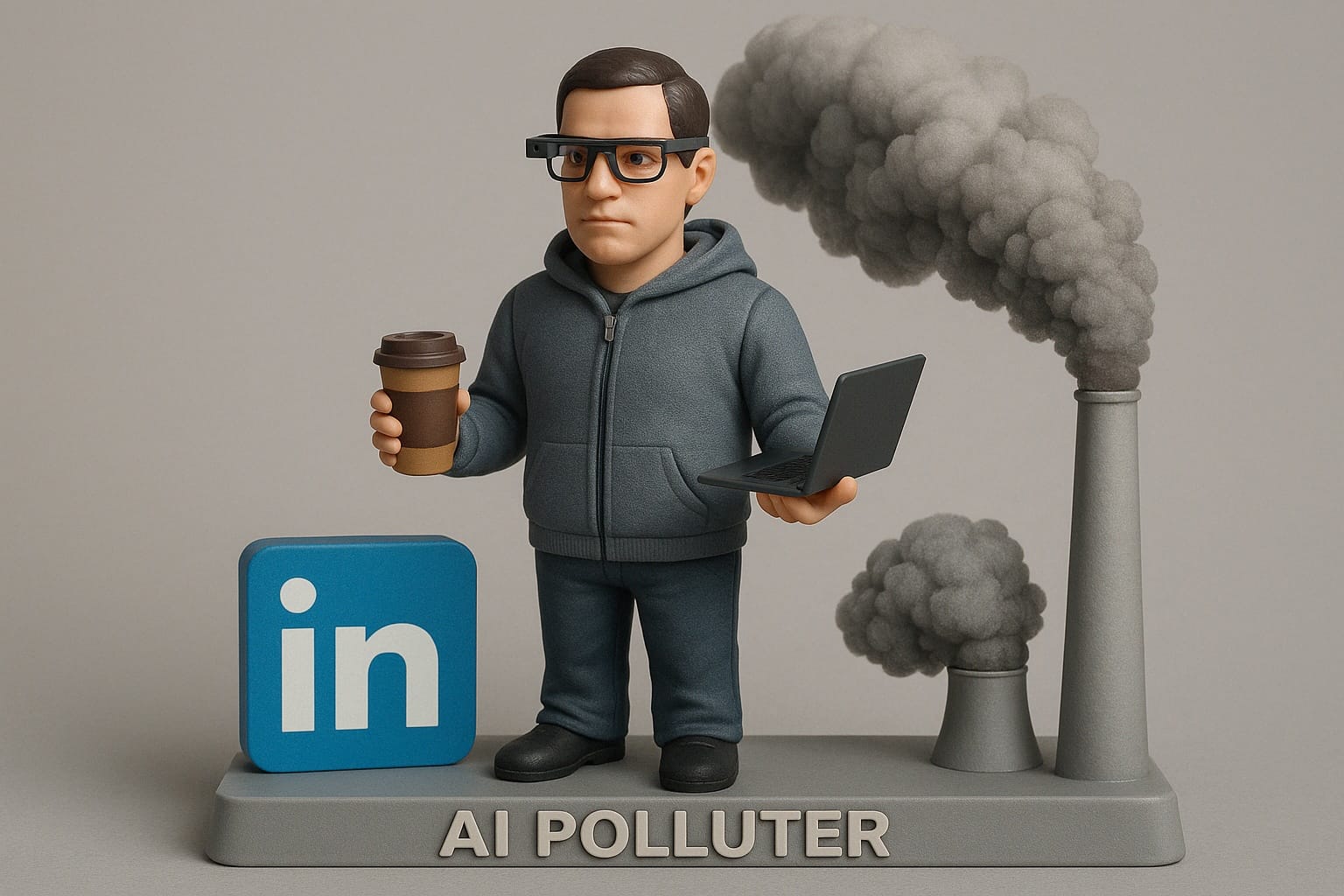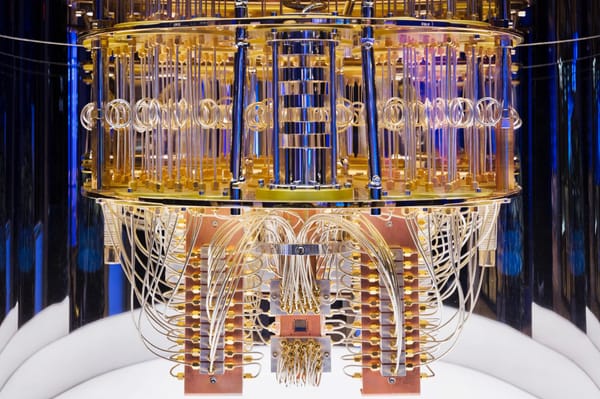The dark side of the LinkedIn AI action figure trend
Discover the true environmental impact of the craze that has gripped social media (and forgive us for taking part in it).

People absolutely love getting ChatGPT to generate images of themselves as action figures.
But you know who doesn't enjoy this trend? Mother Nature.
Over the past few weeks, LinkedIn has been filled with AI-generated action figure images. Just before that, it was filled with anime images in the style of Studio Ghibli. Plus ça change, plus c'est la même chose.
Each of these images has an environmental cost. ChatGPT itself told us a picture generation request generates about 0.01 to 0.05 kg of CO₂ - equivalent to charging a smartphone up to three times or boiling a kettle once
Now let's say 10,000 people do the same. That's the equivalent of one person driving from London to Munich and back twice in a petrol car or producing enough beef for a BBQ feast of 300 burgers, ChatGPT tells us.
And if 100,000 do the same? It's like driving coast to coast across the U.S. and back in a petrol car, flying three people round-trip from London to New York, or making enough beef for 1,200 burgers (which seems illogical, but our silicon oracle assures us it's correct).
it's super fun seeing people love images in chatgpt.
— Sam Altman (@sama) March 27, 2025
but our GPUs are melting.
we are going to temporarily introduce some rate limits while we work on making it more efficient. hopefully won't be long!
chatgpt free tier will get 3 generations per day soon.
As demand for AI images has surged, it's little wonder that OpenAI boss Sam Altman warned that "our GPUs are melting".
You can picture the conversation on Judgment Day.
God: "Why did you destroy the planet I gave you?"
Humans: "Well, part of it was because we wanted to see pictures of ourselves as action figures."
And yes, we note the irony in producing an article about the environmental cost of ChatGPT by... making a gazillion ChatGPT requests.

Tech entrepreneur Mel Morris CBE (founder of Corpora.ai) told Machine he won't be jumping on the trend because this "seemingly harmless fun comes with real environmental costs".
He also warned that it "shows a deeply broken business model".
Morris said: "The LinkedIn action figure trend and its demand on GPUs is obviously unsustainable. GPUs aren’t infinite. They come at a carbon cost, and this kind of casual overuse shows how disconnected we’ve become from the true (financial and environmental) costs associated with these tools.
"More worrying though is the deeper issue this trend personifies. The economics might look attractive on the surface, with millions engaging with a product feature. But the reality is that companies like OpenAI are absorbing staggering losses to subsidise this kind of activity, fuelled by investor capital chasing a much longer-term promise.
"As a technologist, I absolutely believe in the power of AI, but not at any cost. If we want sustainable innovation in the technology then we need to learn what genuine progress looks and feels like – I’m willing to bet that it’s not the dopamine hit after posting your AI-made figurine."
Have you got a story or insights to share? Get in touch and let us know.




